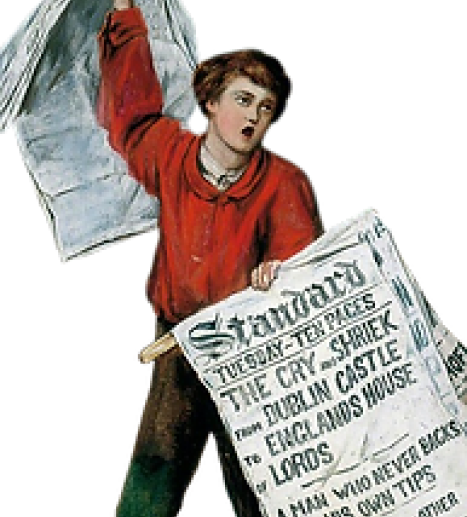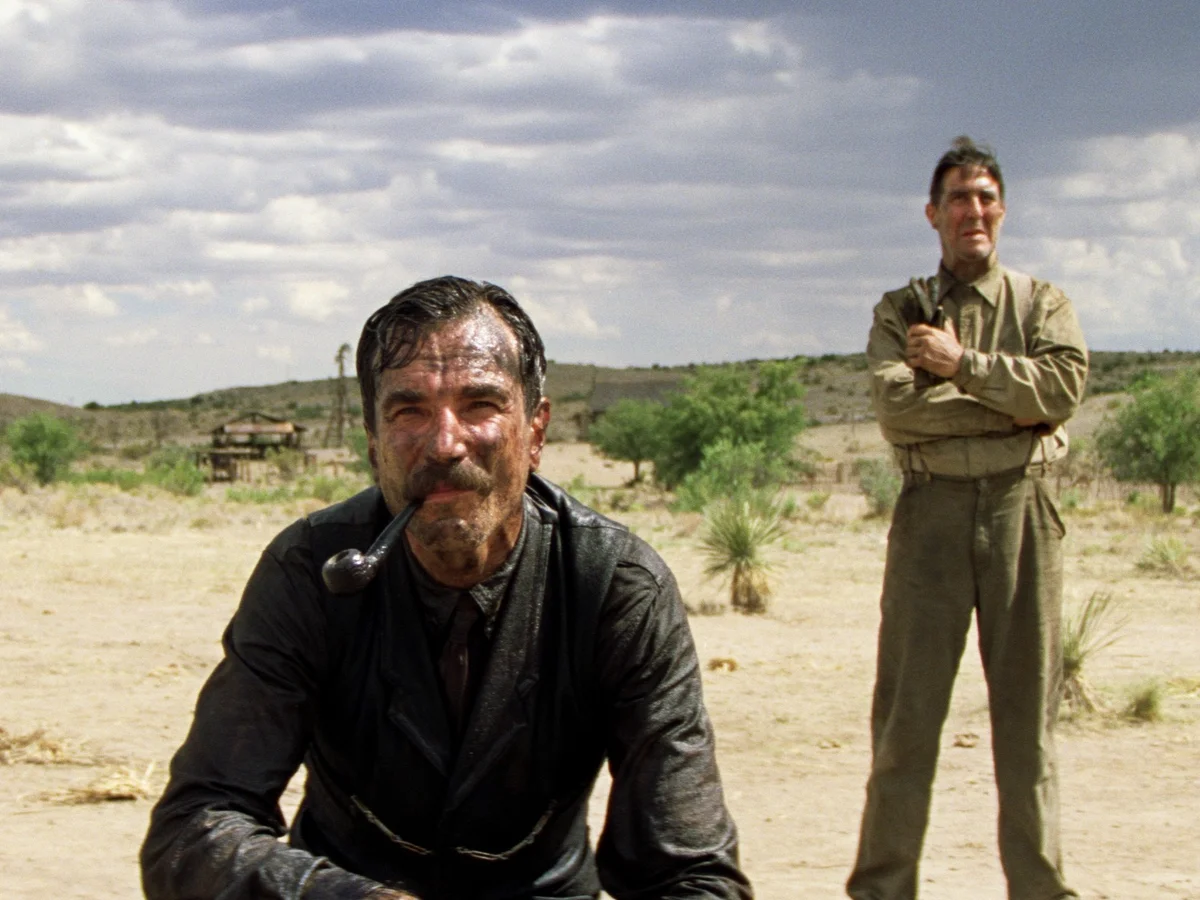As we near the end of the film festival season, one highlight across the board has been Ronan Day-Lewis’s Anemone. After world-premiering at the New York Film Festival, praise and press for the stormy, Yorkshire-set picture have eclipsed some of the other strong releases. The fanfare surrounding the festival’s premiere wasn’t just about a son’s bold directorial debut, but more the return of Daniel Day-Lewis, and the chance to reunite with his indelible mark on cinema over the last 40 years.
After eight years of screen silence, Daniel Day-Lewis’s return from retirement has reminded us of the ferocious talent and magnetism that runs through all of his performances. From the subtle softness of Johnny in My Beautiful Laundrette (1985) to the glorious intensity of Daniel Plainview in There Will Be Blood (2007), Day-Lewis always imbues his roles with a powerful yet refined mastery. Anemone is no different; playing a solitary, reserved figure, reunited with his brother (played by Sean Bean, another powerhouse), the Oscar-winning actor delivers an intense, complex portrayal, as expected. He has returned with his hypnotism and powerful talent intact, likely to withdraw again once the press is entirely over.
But who can blame him after such a long and illustrious career? The actor has done more than enough with his exceptional acting skills, delivering film after film of raw performances. After initially retiring following The Boxer in 1997, Day-Lewis returned five years later for Gangs of New York. Winning two Oscars for best actor after that, Day-Lewis retreated again after Paul Thomas Anderson’s Phantom Thread. This time, his return is less about his love for the trade and more about family. Co-writing the script with his son, the actor has spoken about the importance of family to the project itself, as a story that explores relationships between fathers, brothers and sons, and as Ronan Day-Lewis’ debut film, of course it’s production would be a family affair.
Like every film the actor has starred in, Anemone has drawn praise primarily for his all-consuming immersion into character. It is well-known that the method actor fully transforms himself for every role, learning physical skills, enduring some of the hardships his characters face and maintaining the demeanour throughout filming. This is undeniably the reason for his entire embodiment of characters, that make it so hard to see where the character ends and the actor begins. It is surprising, then, to see the contradiction of his humble, shy off-screen persona. The quietness of his personality makes his powerful performances that much more refined and spectacular, so rooted in talent and dedication rather than confidence or bravado.
While every Daniel Day-Lewis performance carries an almost elemental intensity, we wanted to shed light on his most iconic and arresting roles. These three stand out as enduring testaments to his transformative artistry, and are perfect to revisit in honor of his long-awaited return to the screen.
Daniel Plainview – There Will Be Blood
Winning him the Oscar in 2007, Paul Thomas Anderson’s There Will Be Blood is a gruelling and tense feature about the cut-throat, ruthless oil industry of America at the turn of the 20th century. Day-Lewis plays the lead role of Daniel Plainview, the oil prospector that manipulates, lies and kills to build his fortune. He is utterly terrifying in this role, portraying the crazed greed of a man desperate for wealth and power in a way only Day-Lewis is capable of. His all-encompassing dedication shines through in the complexity of the calm and chaotic moments of the 158 minute film, never ceasing to unsettle the viewer despite the slow and sometimes sparse scenes.
The intensity of Day-Lewis’ performance has remained so memorable and iconic since. From Bill Hader’s impression on SNL to Plainview’s monologue finding its way onto music site Genius like the lyrics of a chart-topping song, the oscar-winning role has received the praise and admiration it deserves, and remains hauntingly indelible to this day.
Christy Brown – My Left Foot
Another Oscar-winner for Daniel Day-Lewis, My Left Foot depicts the true story of Christy Brown, a painter and writer with cerebal palsy, who the actor plays. Of all Day-Lewis’ roles, this is definitively the most extreme case of the actor’s method approach. He remained in a wheelchair for the whole course of filming, and it is rumoured he broke two ribs while contorting his body to properly portray Brown’s condition. He also learnt to paint with his foot, as Brown did, dedicating his entire body and mind to the role. As one of the actor’s first major roles, the film really highlighted the lengths that he could, and would, go to in pursuit of authenticity, setting a standard for the exceptional work that followed.
Newland Archer – The Age of Innocence
Of all Day-Lewis’ roles, this makes the cut because it shows the vast range of his acting. More subdued and internal, his portrayal of Newland Archer is controlled, refined yet quaking with inner turmoil and desire throughout the film. Acting opposite Michelle Pfeiffer and under the direction of Martin Scorsese, Day-Lewis’ elegant performance holds the complexity of Archer’s inner-conflict, oscillating between coldness, yearning and torment all in a single glance. Filmed and released right after his performances in The Last of The Mohicans and In The Name of The Father, this quiter, more restrained role is evidence of his conviction no matter the genre, atmosphere or extremity.





















